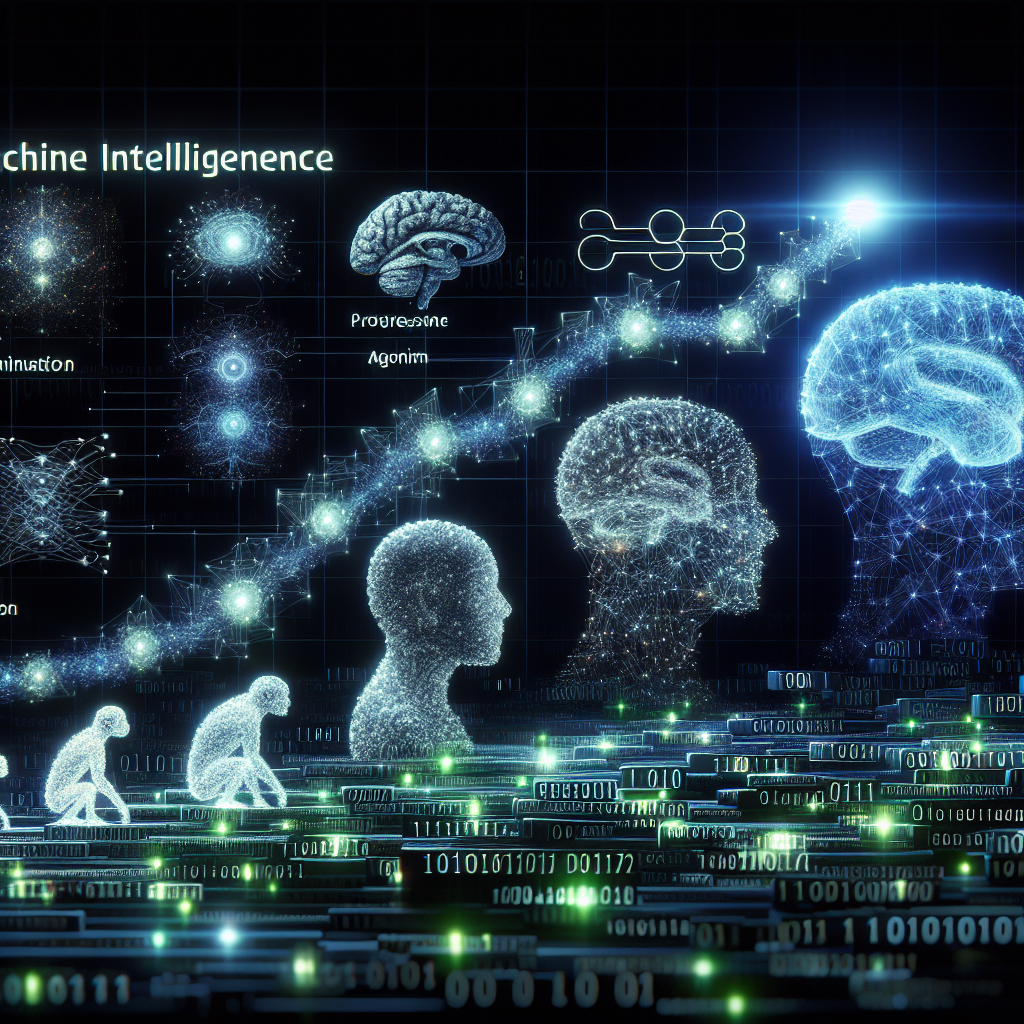The Exponential Growth of AI: Deciphering the Latest Developments
The realm of artificial intelligence is undergoing a transformation so swift and expansive, it resembles the rapid unfolding of a digital cosmos. The leaps in AI technology are not just iterative; they're groundbreaking, reshaping the landscape of what machines can do and, more profoundly, how we interact with them. As we traverse this new frontier, a recent slew of AI developments and leaks offers a tantalizing glimpse into a future bristling with possibilities.
GPT-4.5: A Supposed Leak Stirring the Community
Amid the swirl of rumors and speculation, the AI community is abuzz with talk of GPT-4.5, a version purportedly leaked on an OpenAI subreddit. The information suggests a model that not only improves upon its predecessors but also embraces multimodal capabilities, stretching the boundaries of AI to encompass language, audio, vision, video, and even 3D.
The pricing information accompanying the leak reflects considerable costs, sparking debates over accessibility and the true value of advanced AI. With a model that is potentially more powerful than anything previously seen, the cost is a point of contention, yet it also hints at the sophisticated nature of the technology in discussion.
Multimodal AI: A New Era of Interaction
The term "multimodal" indicates a shift to an AI that can process and synthesize information across various types of input. The GPT-4.5 promises complex reasoning and cross-modal understanding, which means it could theoretically compare and analyze data from different sensory inputs, like correlating the sound of breaking glass with a visual of the act, to form a cohesive understanding.
Audio and Speech: Beyond Voice Recognition
The leak intimates that audio and speech capabilities will go beyond simple transcription. Instead, GPT-4.5 could potentially interpret nuanced sounds in their context, offering a more profound level of auditory processing than currently available.
Video and 3D Models: Expanding the Horizon
While less is known about the specifics, the purported capabilities in video and 3D suggest that AI could soon analyze and understand moving images and physical dimensions in ways that parallel human perception, possibly even exceeding it in some regards.
The Competitive AI Marketplace
Competition in the AI space is fierce and frothing, with giants like Google seeking to undercut OpenAI's pricing with their Gemini Pro API. Offering a generous number of free queries, Google is leveraging its financial reservoir to woo developers, betting on volume over premium pricing to build its user base.
The implication is clear—AI is not just a technological race but also an economic one, with companies vying to become the go-to platforms for developers and users alike.
OpenAI's Position & Future Prospects
OpenAI's track record of delivering robust AI solutions has cemented its position as a leader in the field, yet its pricing strategy remains a subject of scrutiny. If the leaks prove accurate, the costs associated with the latest models could potentially restrict access to those with deeper pockets, raising questions about the inclusivity of cutting-edge AI.
Open Source AI: The Wild Card of the Race
The rise of open-source models presents a disruptive force in the AI ecosystem. With their adaptability, privacy features, and lower costs, open-source models are gaining traction, bolstered by a community-driven development pace that often outstrips proprietary efforts.
Google: Closing the Gap with OpenAI
Google isn't sitting idly by. Its recent showcase of ImageIn 2, a text-to-image model, displays the company's stride in keeping pace with OpenAI's advancements. The company’s AI music generator update and the potent text-to-speech models are testaments to its commitment to matching and potentially surpassing the offerings of competitors like OpenAI.
While not without their limitations, these developments signal a tightening race where Google seeks not just to close the gap but to innovate in its own right.
Stakeholder Implications and Ethical Considerations
The dynamic AI market raises crucial questions for stakeholders. For developers, the choice between proprietary and open-source models is increasingly complex, weighed by cost, capability, and ethical considerations. Users, meanwhile, must navigate the trade-offs between privacy and the benefits of advanced, albeit potentially more intrusive, AI applications.
The ethical dimension of AI's rapid development cannot be overstressed, as concerns over data privacy, algorithmic bias, and the societal impact of automation continue to mount. The dialogue surrounding these issues is as critical as the technology itself.
Conclusion: The Inexorable March of AI
What stands uncontested amidst the whirlwind of leaks, announcements, and speculation is that AI is marching forward, unrelentingly. Whether the developments in question signal the advent of GPT-4.5 or another leap forward, the trajectory of AI is clear—it aims to redefine what's possible.
We stand at the precipice of an era where AI's evolution will dictate a significant part of our future—a future where our technological creations are not just tools but partners in an intertwined digital-human narrative. As we ponder the veracity of the leaked GPT-4.5 features and brace for the next wave of AI advancements, we must also consider the larger questions of governance, ethics, and the shape of the society we wish to build with these extraordinary tools at our disposal.
Related News
- Unveiling the Potential of AI: GPT 4.5 and Beyond
- Unpacking the Buzz Around GPT-4.5 and the Expanding Horizon of AI
- Exploring the Latest Breakthroughs in AI: A Week of Transformative Developments
- Navigating the AI Tsunami: A Deep Dive into the Currents Shaping Our Digital Future
- Exploring the Latest Frontiers in AI: A Comprehensive Analysis
